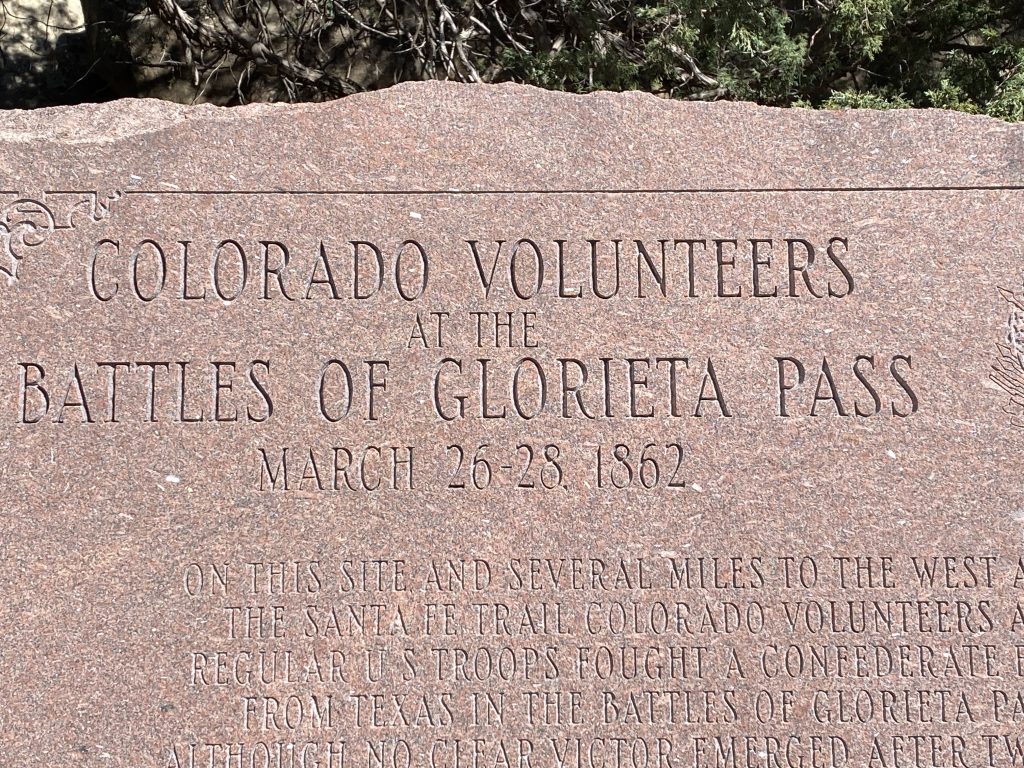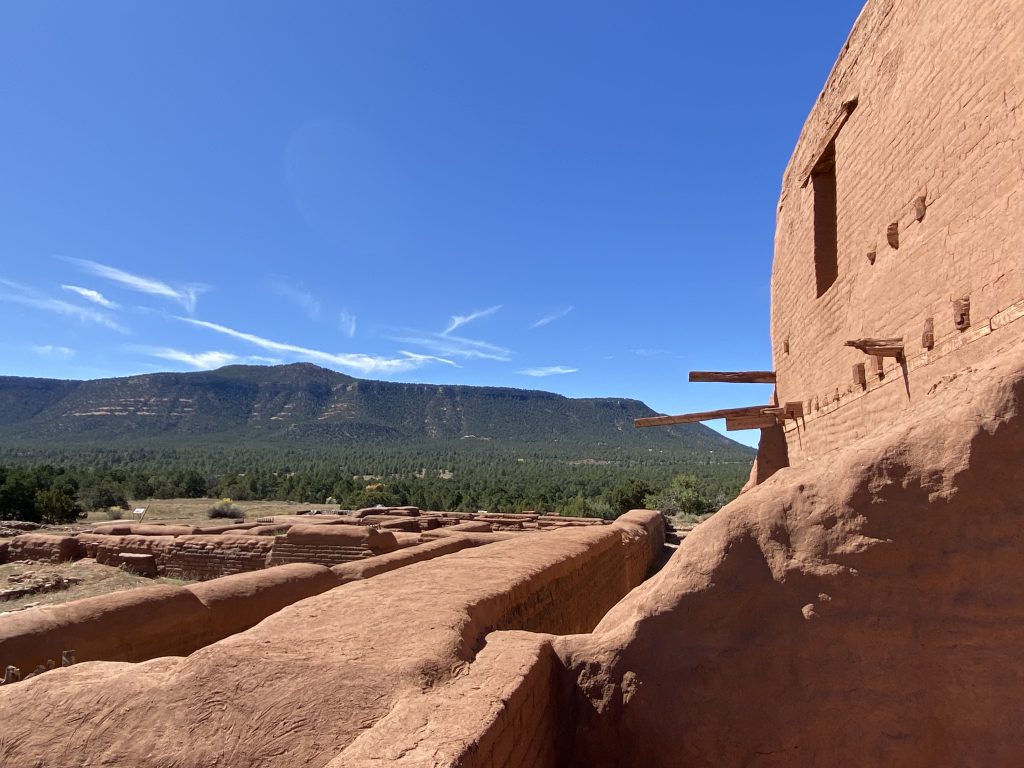ECW Weekender: Pecos National Historical Park
Half an hour outside of Santa Fe, New Mexico, tucked into a pass through the southern end of the Sangre de Cristo Mountains, you’ll find Pecos National Historical Park. It would be easy to drive by without realizing it, but this is probably the best-preserved battlefield of the Civil War in the Southwest.
In early 1862, Brig. Gen. Henry Hopkins Sibley invaded New Mexico, trying to secure the Southwest’s gold fields and an outlet to the Pacific Ocean. He won a tactical victory at Valverde on February 21, but the Union army retreated into the safety of Fort Craig.
Unable to capture the fort, Sibley continued his invasion northward, capturing Albuquerque and Santa Fe, on his way to the recently discovered gold fields of Colorado. Outside of Santa Fe, the Confederate vanguard encountered Union reinforcements, mostly volunteers from the Colorado Territory.
From March 26 to 28, they fought the Battle of Glorieta Pass, sometimes called the “Gettysburg of the West.” This was the highwater mark of Sibley’s invasion and Confederate fortunes in the Southwest, and was fought over ground that is partially preserved by Pecos National Historical Park.

While I-25 and other development paved over large swathes of the battlefield, and other portions are privately owned or otherwise inaccessible, what has been preserved is very much worth visiting. The park recently repaired and reopened a self-guided, 2-mile hiking tour that loops across significant parts of the battlefield from March 28. You’ll need to stop by the Visitor Center first to get a gate code and directions. Guided ranger tours are also available some days of the week.
Like so many battlefields, it’s difficult to appreciate the impact of the terrain until you see it in person. The lay of the land, the poor visibility, and towering Glorieta Mesa all need to be seen to fully understand how they shaped the fighting, and ultimately the course of the battle.
Pecos doesn’t just preserve the battlefield. Just as the geography of the region steered both armies into Glorieta Pass in 1862, for thousands of years this area has been a crossroads of culture, commerce, and clashing civilizations. You can visit the remains of Pecos Pueblo, and a Spanish mission church that was built to spread Catholicism – and Spanish rule – to the region. Some of the best views of both Glorieta Mesa and Glorieta Pass are found from the high ground occupied by the pueblo.

Down the road from the Visitors Center, the Trading Post is also open some days. This collection of buildings was once Kozlowski’s Ranch, a staging point and field hospital for the Union army before the battle. It later became the Forked Lightning Ranch, which the park preserved as a window into how ranching impacted the history of northern New Mexico. The park also has several hiking trails, and sites where you can fish.
As of this writing, Pecos National Historical Park is free to enter. The Visitors Center is open daily from 8:30 AM to 4:00 PM.

Everyone should stop by Pecos National Monument if they can. You’ll learn about the pueblo peoples, the Spanish, the Comanche, and American expansion into the area. They day I was there it was snowing over Glorieta pass off in the distance from the pueblo ruins. Beautiful day.
The battle of Glorieta Pass becomes easy to understand once you drive back and through the pass itself. The Confederates, if they had been less aggressive might have gotten a victory if they had taken up a defensive position outside of the pass closer to Santa Fe… or if the Chivington flank attack didn’t happen. Nevertheless I don’t think they would have ever made it to Colorado, if they had won. They would have still had to get by the post at Fort Union. And soon enough they would have the California column advancing into their rear. Fort Union was a fort or post too far for them.
Thank-you; gotta go!